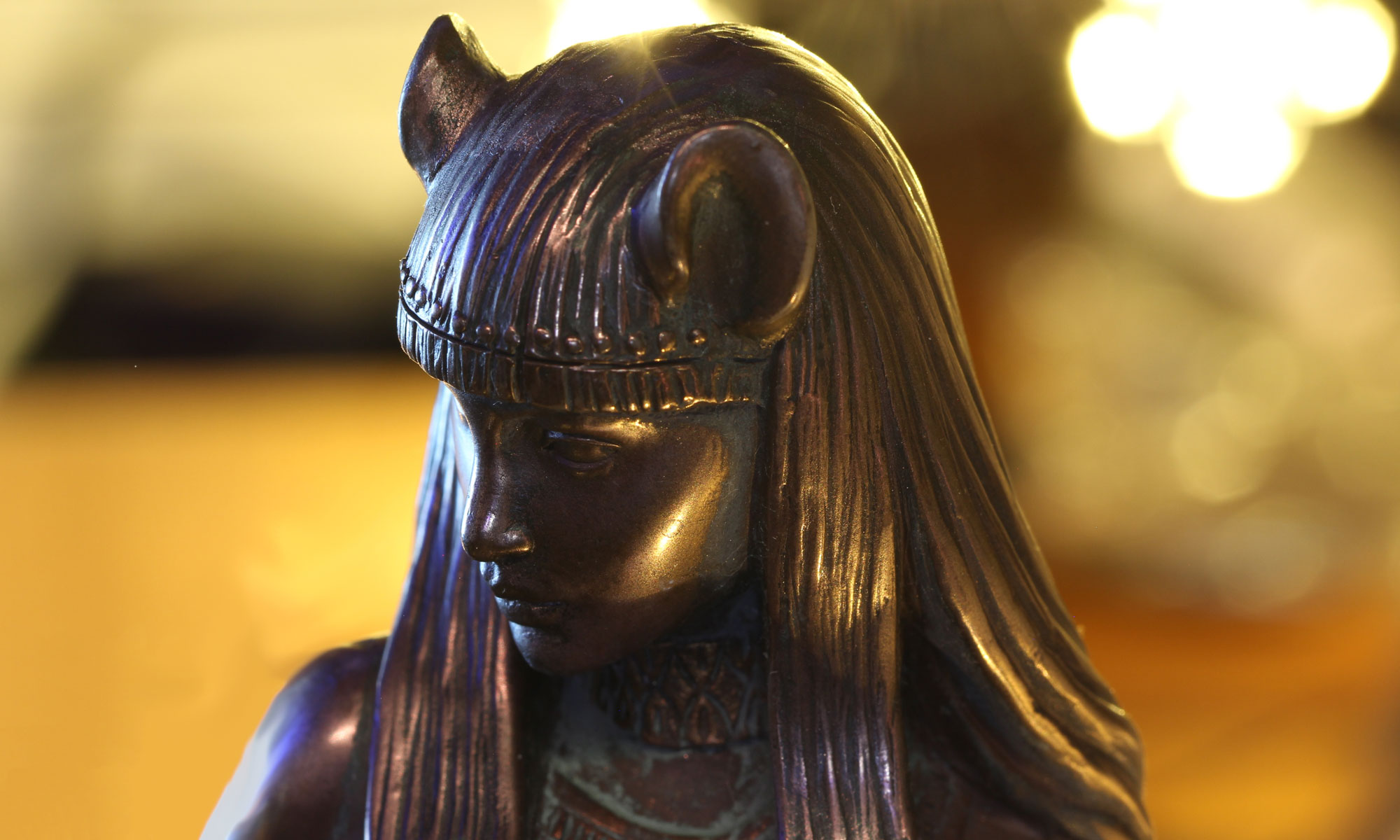“Porous Boundaries: Women and Horses in Eurasian Epic Poetry, Shamanism, Archaeology and Myth”
Keynote presentation by Dr. Gala Argent

“The roles of the horse within human cultures are complex and context driven. Horses may be domesticates whose bodies are eaten or used as products. They may be workers, drafted and indoctrinated into human endeavors and utilized for their strength, speed and power to human advantage. They may serve as metaphors and symbolic proxies for human or cosmic properties. Present-day Euro-American scholarly agendas primarily focus upon these human-generated concepts and in doing so view horses merely as objects or sets that are used by humans.
This misses the point that horses are large and potentially dangerous creatures to whom riders entrust their lives. The relationship between horse and rider is necessarily based upon the subjective experience of two social beings sharing space, time and experiences.
In this presentation I detail how horses are conveyed as companions and allies across Eurasia through historical narratives, oral traditions and archaeology. I cover the mutual devotion of Alexander the Great and Cyrus to their warhorses, Persian and Kyrgyz epic poetry detailing the exploits of heroes and their named hero-horses, and archaeological evidence of care in human-horse co-burials. I argue that these individuals and communities saw horses as partners, and recognized their agency by attributing intentionality and significance to their actions.”
Gala Argent is an interdisciplinary scholar and lifelong equestrienne whose work concerns the relational ways humans and other animals come together. She holds a Ph.D. in archaeology, MA and BA degrees in (human) communication studies, and teaches or has taught in higher education departments of art, communication studies, anthropology and animal studies. Her current interests focus on theorizing human-horse interactions and relationships using models of nonverbal and interpersonal communication, and on the ways in which humans and other animals come together in relational, corporeal, temporal and spatial ways to co-create mutually interdependent selves and societies.


You must be logged in to post a comment.